BTO publishes various reports, from those covering the annual results of core surveys, through scientific studies, and on to those produced in partnership with other organisations. Many of these are published as BTO Research Reports. You can access all of our reports from here, though note that we are currently updating the reports section, working backwards through time to bring all of the report pages into a consistent format. You can read our Annual Report and Accounts in the Governance section.
Search settings
An introduction to model-based data integration for biodiversity assessments
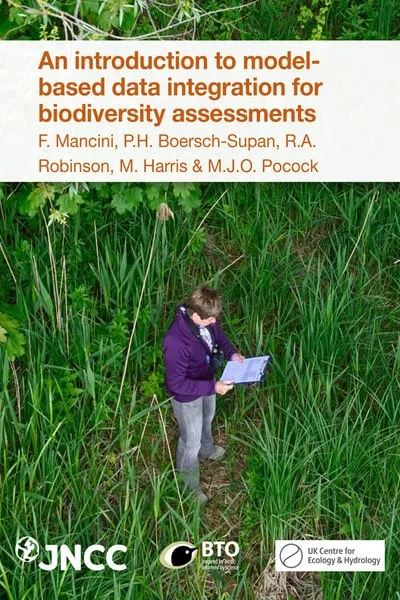
Almost everywhere nature is under pressure. Thus, the need to monitor the state of nature and identify the many pressures affecting biodiversity has never been greater. However, the current range of biodiversity monitoring activities is varied and complex, ranging from collecting environmental DNA (eDNA) samples to structured monitoring schemes and opportunistic recording. Model-based data integration is a statistical tool to combine these different sources of data to produce robust biodiversity assessments based on more of the available evidence.
05.05.22
Reports
Northern Ireland Seabird Report 2021
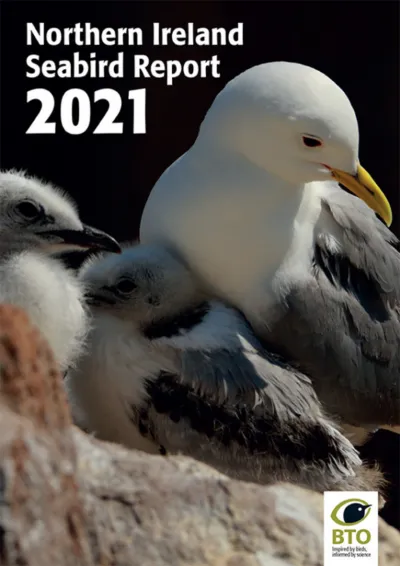
There was a significant survey effort by volunteers, NGOs and NIEA around Northern Ireland’s coastline for the last year of the Seabirds Count census period, finding that fortunes were mixed for the 20 breeding species of seabird in Northern Ireland. Fulmars continue to decline across most sites, while large gulls buck the national trends and are increasing across Northern Ireland.
08.03.22
Reports
Nesting dates of Moorland Birds in the English, Welsh and Scottish Uplands
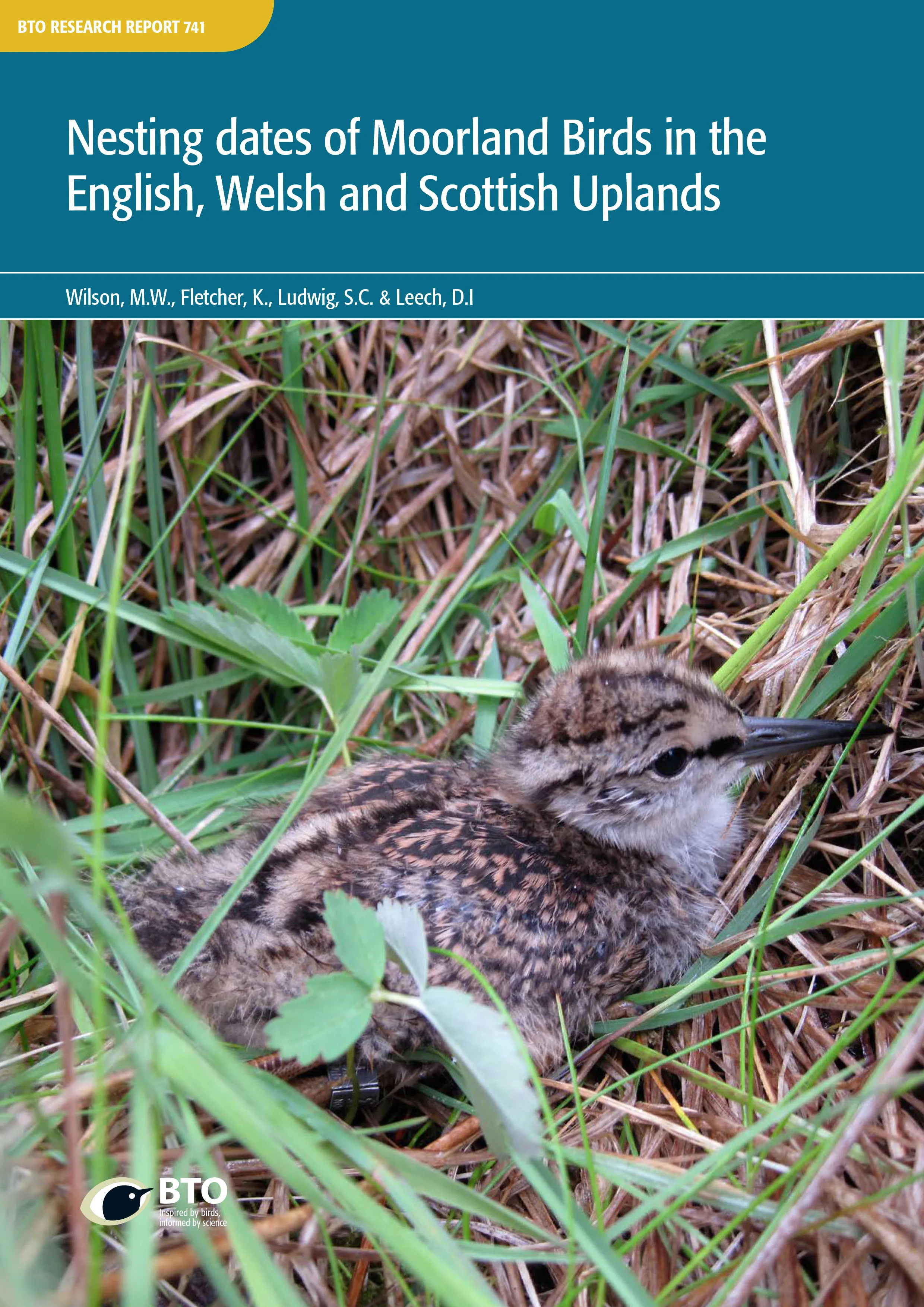
Rotational burning of vegetation is a common form of land management in UK upland habitats, and is restricted to the colder half of the year, with the time period during which burning may be carried out in upland areas varying between countries. In England and Scotland, this period runs from the 1st October to 15th April, but in the latter jurisdiction, permission can be granted to extend the burning season to 30th April. In Wales, this period runs from 1st October to 31st March.This report sets out timing of breeding information for upland birds in England, Scotland and Wales, to assess whether rotational burning poses a threat to populations of these species, and the extent to which any such threat varies in space and time.
17.02.22
Reports
Bailiwick Bat Survey: 2021 Report
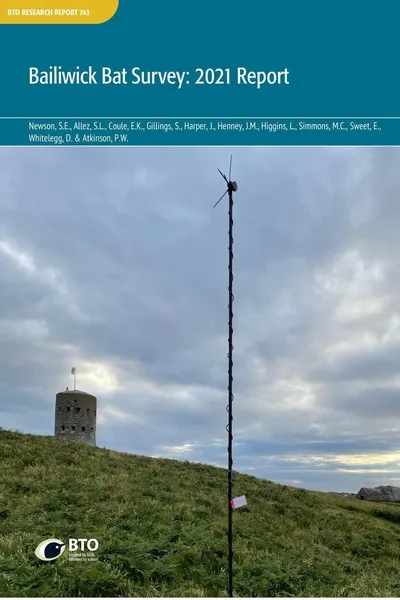
This report presents the main findings from survey work delivered using passive acoustic monitoring devices deployed across the Bailiwick of Guernsey in 2021, the first season of the Bailiwick Bat Survey, including the first extensive baseline data for bats for the islands of Guernsey, Alderney, Herm and Sark.
07.02.22
Reports
Sensitivity mapping for breeding waders in Britain: towards producing zonal maps to guide wader conservation, forest expansion and other land-use changes. Report with specific data for Northumberland and north-east Cumbria
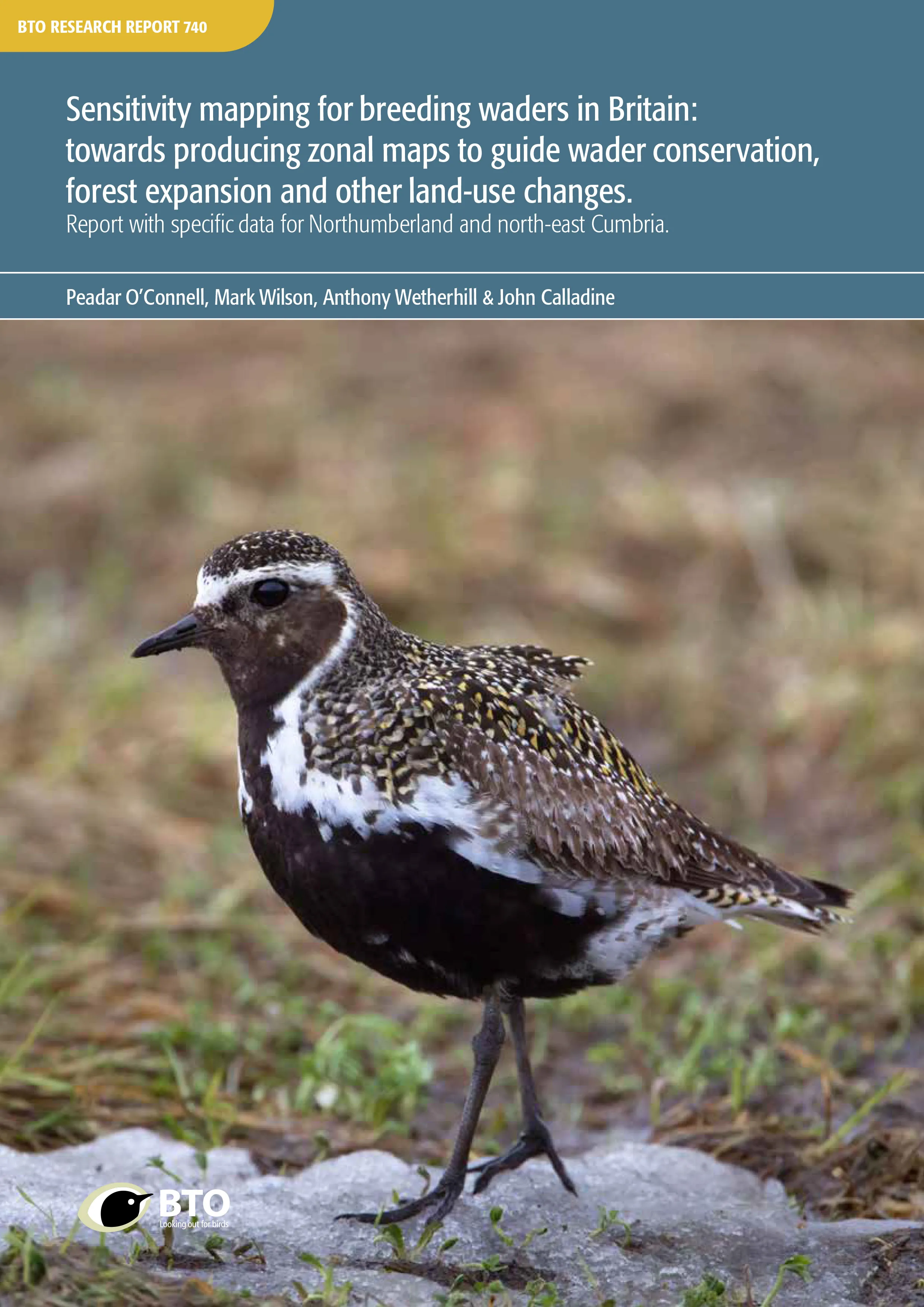
Breeding waders in Britain are high profile species of conservation concern because of their declining populations and the international significance of some of their populations. Forest expansion is one of the most important, ongoing and large-scale changes in land use that can provide conservation and wider environmental benefits, but also adversely affect populations of breeding waders. We describe models to be used towards the development of tools to guide, inform and minimise conflict between wader conservation and forest expansion.Extensive data on breeding wader occurrence is typically available at spatial scales that are too coarse to best inform waderconservation and forestry stakeholders. Using statistical models (random forest regression trees) we model the predicted relative abundances of 10 species of breeding wader across Britain at 1-km square resolution. Bird data are taken from Bird Atlas 2007–11, which was a joint project between BTO, BirdWatch Ireland and the Scottish Ornithologists’ Club, and modelled with a range of environmental data sets.
09.12.21
Reports
The status of our bird populations: the fifth Birds of Conservation Concern in the United Kingdom, Channel Islands and Isle of Man and second IUCN Red List assessment of extinction risk for Great Britain
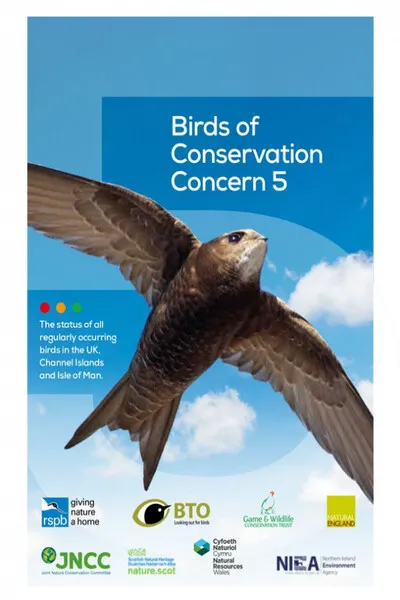
Commonly referred to as the UK Red List for birds, this is the fifth review of the status of birds in the UK, Channel Islands and Isle of Man, published in December 2021 as Birds of Conservation Concern 5 (BOCC5). This updates the last assessment in 2015. Using standardised criteria, experts from a range of bird NGOs, including BTO, assessed 245 species with breeding, passage or wintering populations in the UK and assigned each to the Red, Amber or Green Lists of conservation concern.
01.12.21
Reports
Climate Change and the UK's Birds
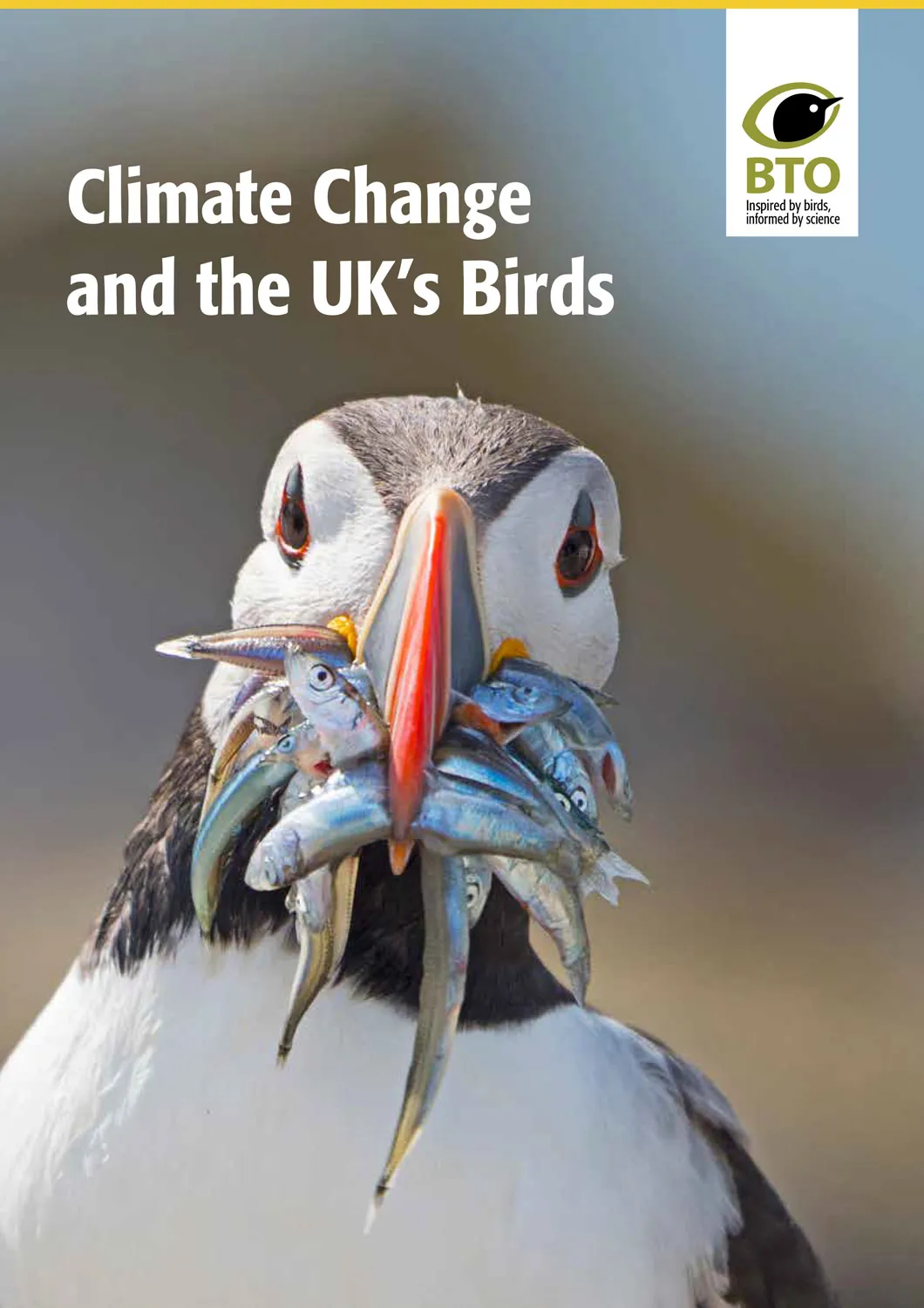
In this report we show how climate change is already impacting the UK’s birds. Our internationally important breeding seabird populations and unique assemblage of upland breeding birds are already negatively affected and appear most vulnerable to future change. Many southern species and widespread resident species are increasing in response to warmer temperatures.Overall, a quarter of our breeding species appear to be negatively affected and a quarter may be responding positively; the remaining breeding species that have been studied appear relatively unaffected by climate change. There are significant gaps in our knowledge for other species, notably our wintering bird populations.
04.11.21
Reports
Annual Report & Accounts 2020/21
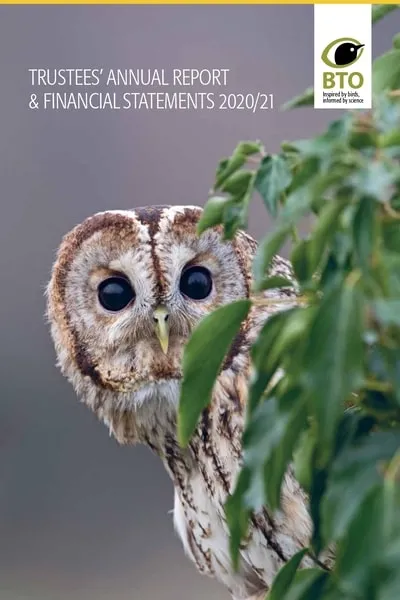
This year has seen the challenge of the COVID-19 pandemic, and the consequent restrictions on travel and social gatherings. For many people, nature has been a vital source of comfort that has contributed greatly to physical and mental health and well-being during this difficult period.
14.09.21
Reports
Additional analysis to inform SNCB recommendations regarding collision risk modelling
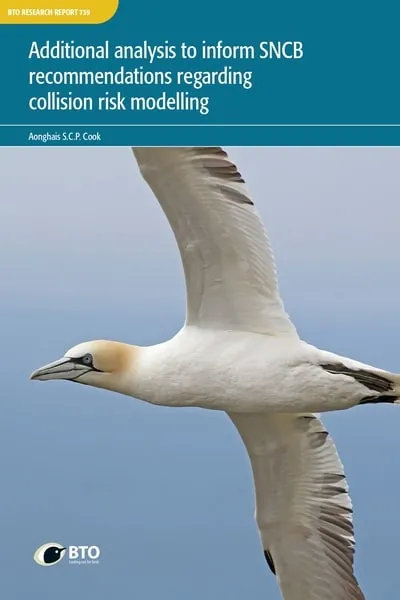
17.08.21
Reports